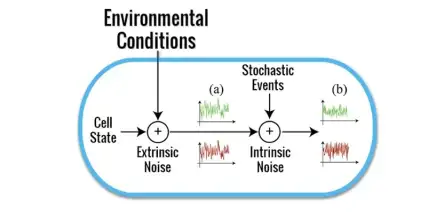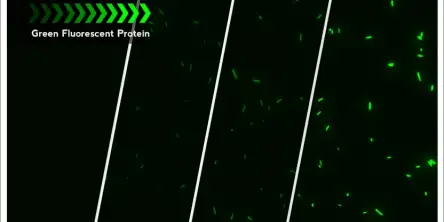Topics related by tag:
- Details
- Synthetic Biology
The stochasticity due to the infrequent collisions among low copy-number molecules within the crowded cellular compartment is a feature of living systems. Single cell variability in gene expression within an isogenic population (i.e. biological noise) is usually described as the sum of two independent components: intrinsic and extrinsic stochasticity. Intrinsic stochasticity arises from the random
- Details
- Synthetic Biology
Most of synthetic circuits developed have been designed by an ad hoc approach, using a small number of components (i.e. LacI, TetR) and a trial and error strategy. We are at the point where an increasing number of modular, inter-changeable and well-characterized components is needed to expand the construction of synthetic devices and to allow a rational approach to the design. The use of interchan
- Details
- Synthetic Biology
Post-transcriptional regulation allows a faster control of gene expression, which might result relevant in the design of synthetic gene circuits. However, synthetic biologists are warned to give the proper consideration to functional modularity of biological parts and the need for a case-to-case characterization of their function, raising concern about the use of a overconfident bottom-up approach
- Details
- Computational Tools
The evaluation of phenotypic variability within an isogenic population of bacterial cells, requires the quantification of gene expression at single cell level. Flow cytometers and microscopy set-ups equipped with microfluidic devices and incubation chambers are instruments capable of evaluating the level of specific proteins in individual cells. However they are expensive and generally unavailable



